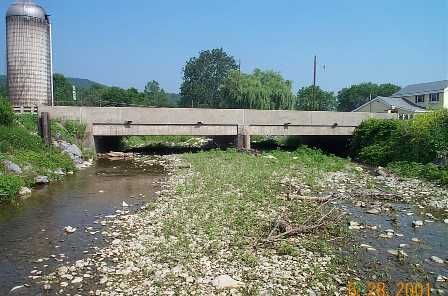Controlling Aggradation at Bridges. Aggradation at bridges has been experienced in many parts of northern Pennsylvania, causing the bridge waterway openings to be reduced. At multiple span bridges, aggradation at one or more spans can lead to the potential for increased contraction scour at the remaining spans. In addition, the reduced waterway opening can cause overtopping of the bridge deck during flooding, as well as an increase in upstream flooding due to the inability of the opening to convey the water and sediment mixture. The objective of this project, funded by PennDOT, is to create a methodology that will ultimately reduce maintenance costs at waterway structures where heavy sediment transport and aggradation occur at bridges. The project results will identify methods to improve maintenance and design procedures, evaluate and rank candidate procedures, and create new maintenance and design guidance for the selected procedures.
References
Johnson, P.A., Hey, R.D., Horst, M.W., and Hess, A.J., 2001.
Aggradation at bridges. Journal of Hydraulic Engineering, ASCE,
127(2), 154-158.
